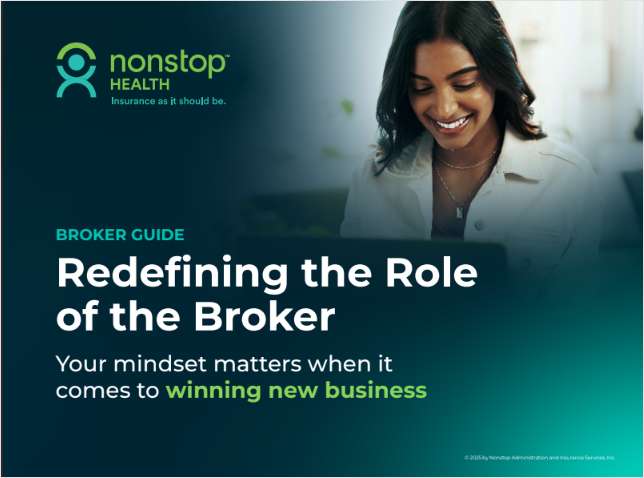From the back office to the front office, insurers are investing heavily in technologies to bring efficiencies to operations long overdue for an overhaul.
High on their list of priorities are digital platforms that enable smoother servicing of producers’ day-to-day needs, from account and event management to sales leads.
This was a chief takeaway of a Dec. 7 break-out session, “Agents of the Future, Digitizing Distribution,” which took place at National Underwriter’s 2016 Annual Insurance Executive Conference. Presented by Ernst & Young Executive Director Melanie Henderson, the session explored technology and channel initiatives underway in the industry, producers’ view on them, and where carriers are coming up short.
|The need for product innovation
The last, she said, extends to a core component of the carrier-producer relationship: product.
Recommended For You
Complete your profile to continue reading and get FREE access to BenefitsPRO, part of your ALM digital membership.
Your access to unlimited BenefitsPRO content isn’t changing.
Once you are an ALM digital member, you’ll receive:
- Breaking benefits news and analysis, on-site and via our newsletters and custom alerts
- Educational webcasts, white papers, and ebooks from industry thought leaders
- Critical converage of the property casualty insurance and financial advisory markets on our other ALM sites, PropertyCasualty360 and ThinkAdvisor
Already have an account? Sign In Now
© 2025 ALM Global, LLC, All Rights Reserved. Request academic re-use from www.copyright.com. All other uses, submit a request to [email protected]. For more information visit Asset & Logo Licensing.








